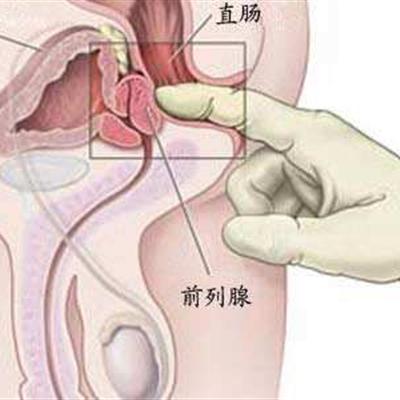Urinary tract malignant tumor symptoms?
summary
Like other system tumors, the prognosis of urinary system tumors is related to the degree of malignancy, and its early detection directly determines the therapeutic effect of tumors. And compared with other human system tumors, most of the malignant degree of urinary system tumors is relatively low, as long as the early detection of urinary system tumors, most of them can be cured. So early detection, early treatment, is particularly important for urinary tumor! Can provide a second life opportunity for patients! Urinary tract malignant tumor symptoms? Let's talk about it.
Urinary tract malignant tumor symptoms?
1. Physical examination: at present, physical examination in China is not very standardized. Although there are many kinds of physical examination centers, few of them are really responsible and standardized, and many of them make money. But in any case, people over 40 years old, it is best to have a physical examination every year, although not standardized, but some examinations are necessary! For example, women's gynecological examination, breast examination and gynecological ultrasound, lung X-ray examination, liver, gallbladder, pancreas, spleen and kidney B-ultrasound, men after 45 years old should check prostate PSA once a year, and some routine tests, these are necessary. Of course, at ordinary times, we can also self check. Women can self check their breasts, and men can self check their testicles. We should pay attention to whether there are lumps and persistent pain on the body, changes in the character of defecation and defecation, changes in weight, cough, etc. Physical examination is the best way to detect tumor in early stage.

2. Hematuria: intermittent whole course painless bright red gross hematuria is the early manifestation of urological collection system, namely renal pelvis, ureter, bladder, epithelial cell tumor. And the difference between inflammatory hematuria is painless, no frequent urination, urgency and pain. So because of these, patients often stop hematuria after themselves did not cause enough attention, did not go to the doctor, but delayed the disease. However, some tumors with high malignancy may also cause inflammatory bladder manifestations due to the rapid infiltration of the bladder wall, but it is rare after all. In the case of ineffective antibiotics, we should think of the possibility of this situation. I once received a patient who had been taking medicine for cystitis in a hospital. It had been 2 months since I came here. I did cystoscopy for him the next day. Under cystoscopy, there were also inflammatory manifestations. There were ulcers on the surface of bladder mucosa. Biopsy was taken at that time, and it was confirmed that it was bladder cancer, but I had lost the chance of surgical resection. Renal cancer can also have painless hematuria, because renal cancer hematuria shows a breakthrough in the collection system, generally later. In patients with benign prostatic hyperplasia, prostatic bleeding can also lead to painless hematuria. However, if you find painless hematuria, you should see a doctor immediately to rule out the possibility of tumor.

3. Mass: superficial tumor is easy to touch mass, urinary system because the general location is deep, if the tumor touch mass, if it is a malignant tumor, it is generally more advanced, renal tumor can touch mass in the waist or ventral. Bladder tumors can be felt in the lower abdomen.

matters needing attention
Once a variety of carcinogens enter the human body, they do not directly or immediately cause cancer. In most cases, the body has the ability to exclude carcinogens or phagocytize them into non carcinogens.














